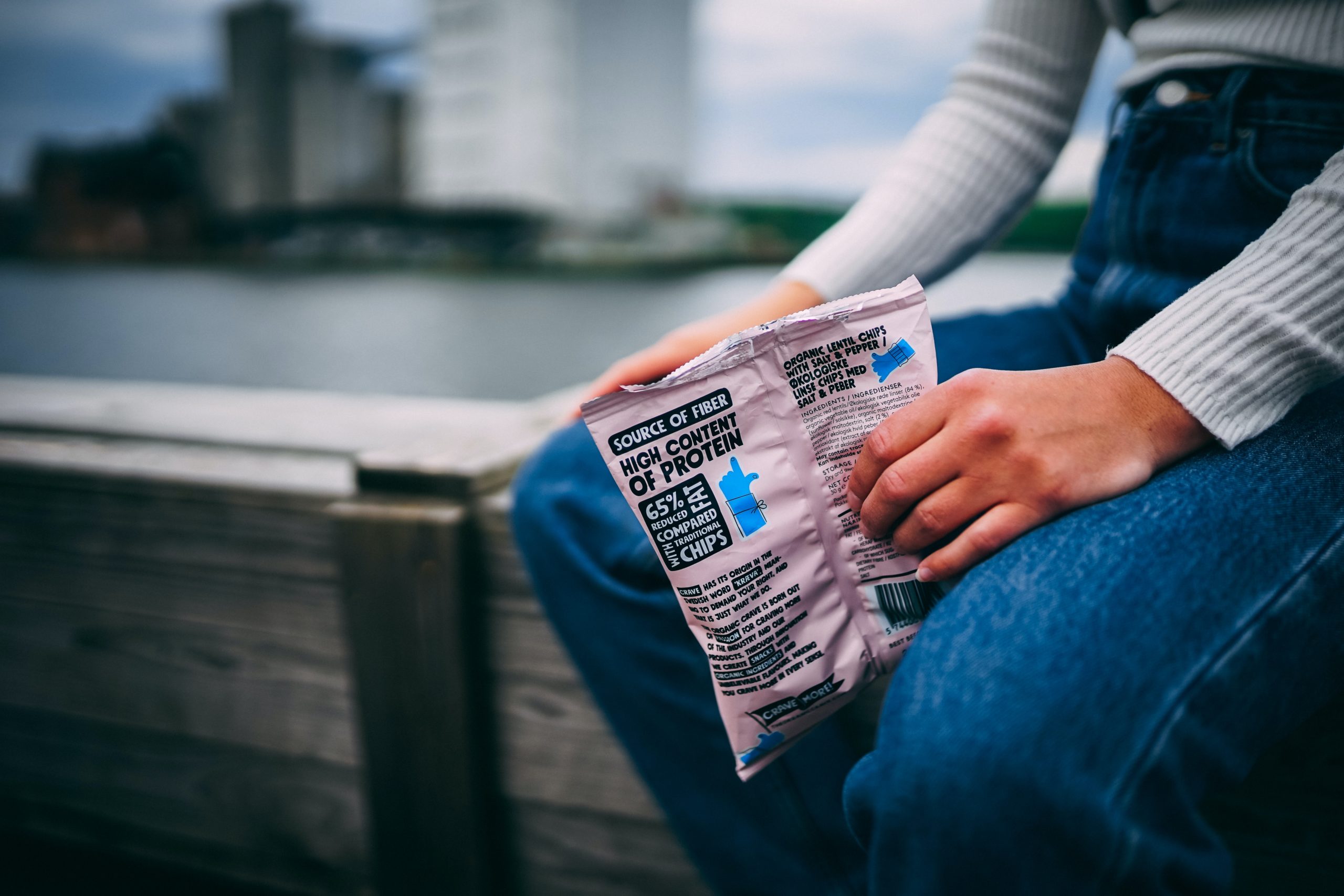Nine out of ten consumers, or 91%, consume snacks multiple times on a daily basis. Blaine Becker is currently the Senior Director of Marketing at The Hartman Group, a well-known consumer analytics company that was founded more than 25 years ago and has a primary concentration on the food and beverage industry. The Hartman Group conducts regular in-depth research studies on a variety of topics, including consumer trends and behavior, and provides advisory services to various commercial organisations. Find the best restaurant in looe.
Modern eating trends are characterised by frequent snacking that frequently occurs haphazardly and differs from person to person, as was first highlighted by The Hartman Group’s 2013 Modern Eating research. Traditional eating habits that were centred around three “square,” scheduled meals a day have given way to modern eating trends that are characterized by frequent snacking. As a result of how firmly embedded, it is in our food and beverage culture, snacking presently accounts for fully fifty percent of all eating occasions and forty-seven percent of consumption in the United States. S. Customers report that they require a snack on a daily basis in order to be able to make it through the day. What is happening to the typical eating routines and habits that people have in the United States? Today, we are free to consume food and drink whenever and wherever we like, regardless of our location.

Sometimes intentional, but more often than not spur of the moment. You may have an energy snack or a fruit smoothie for lunch one day, and then the following morning, you could have it for breakfast. A bowl of cereal before retiring to bed might be a good idea. It would appear that nothing has returned to its previous state. We long for the simpler eras when selecting meals and eating were so routine and predictable that we crave for those times. There are patterns to be found even when such behavior appears to be completely random. People’s experience of being overbooked, along with their need to feel full and healthy from food while also taking care of their families’ diverse nutritional requirements, are viscerally tied to the act of eating, and eating is viscerally linked to the varying rhythms of people’s everyday lives. Snacking has ushered in a new era of retail disruption and diversification, and while we applaud this development, the difficulty for businesses that deal in food and beverages is to get a handle on these new and shifting rhythms.
The anti-diet that emphasizes intuition
Consider your most recent meal. What sort of thought process went into the meal or snack? And why did you decide on that particular food? If you’re like most individuals, your weight and calorie need likely played a significant influence in your decision, leading you, for example, to choose a salad over a grilled cheese for lunch. even if grilled cheese satisfied your exact craving on that particular day. It shouldn’t be that way, according to intuitive eating. The internet’s most well-known movement focuses on mending diet-damaged relationships between people and food. The goal of intuitive eating is to encourage people to trust their bodies and pay attention to what their stomach is saying.

